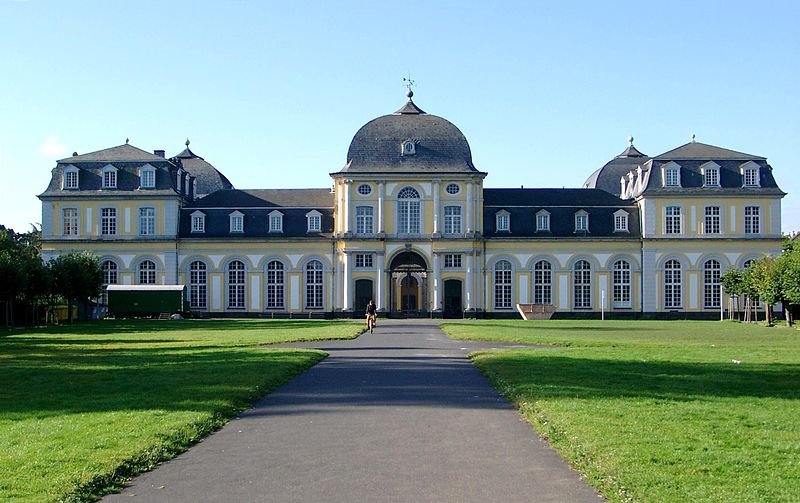 Schloss Clemensruhe in Poppelsdorf, Bonn
Schloss Clemensruhe in Poppelsdorf, BonnSource: https://commons.wikimedia.org/wiki/File:Schloss_Poppelsdorf.jpg
Author: Tohma

Bonn is a city on the river Rhine in the state of North Rhine-Westphalia, in Germany. It is about 25 km to the south of Cologne. Bonn covers 141.22 sq km (54.53 sq mi) and has a population of 325,000 (2011 estimate).
Bonn served as the capital of West Germany from 1949 until 1990. It remained the seat of government of united Germany from 1990 to 1999, when all government institutions relocated to Berlin, along with the Bundestag (lower house), Bundesrat (upper house), Chancellery and residence of the President of Germany.
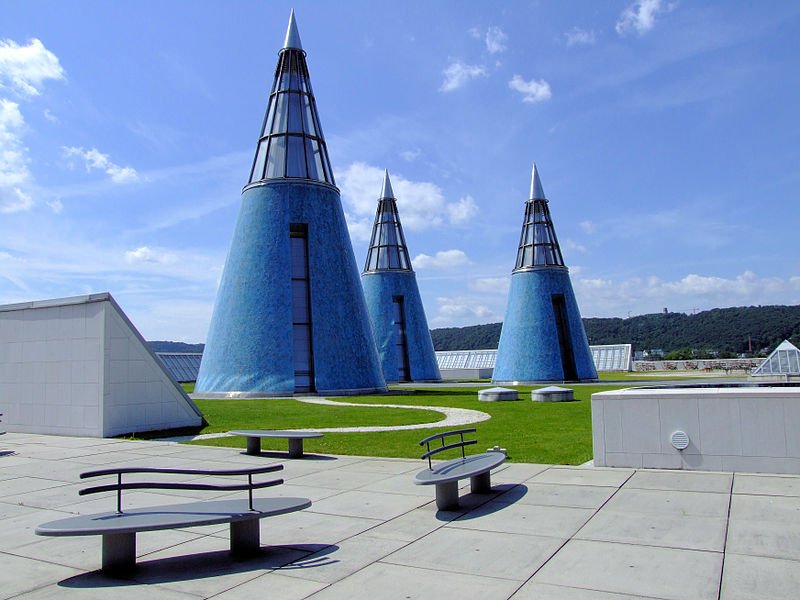 Kunst- und Ausstellungshalle der Bundesrepublik (Art & Exhibition Hall of the Federal Republic), Bonn
Kunst- und Ausstellungshalle der Bundesrepublik (Art & Exhibition Hall of the Federal Republic), BonnSource: https://commons.wikimedia.org/wiki/File:Kunst-_und_Ausstellungshalle_der_Bundesrepublik.jpg
Author: Andreas Lischka

Due to its former position as the federal capital, Bonn was become the German home of many international organisations and institutions, including various agencies of the United Nations. This function has not diminished, and with the opening of the United Nations Campus in Bonn, has continued to grow.
Bonn is also known within Germany as the residence of the Archbishops and Prince-electors of Cologne, and is noted in the classical music world as the birthplace of Ludwig van Beethoven. The city has a history going back to Roman times, when the Romans establikshed a small installation there. The modern name may have stemmed from the name of one of the settlements there, Bonna.
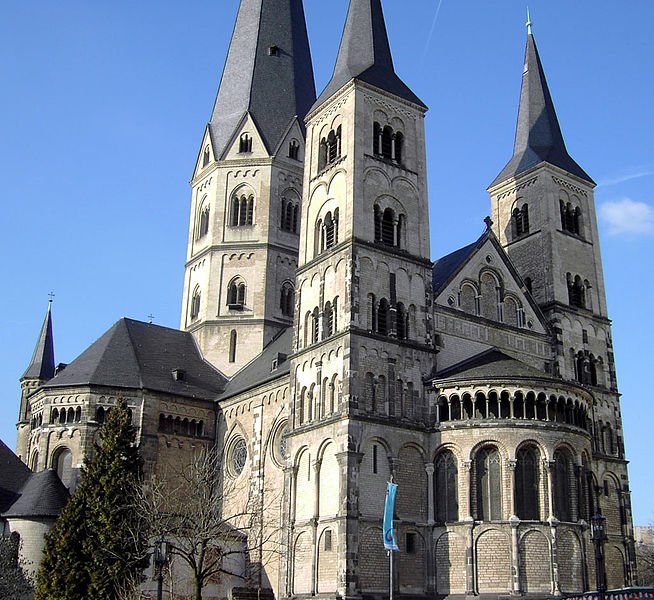 Münster St. Martin, the cathedral of Bonn
Münster St. Martin, the cathedral of BonnSource: https://commons.wikimedia.org/wiki/File:Bonn_Muenster.jpg
Author: Qualle

During the 1st century AD, the Romans built a fortress called Castra Bonnensis, or Fort Bonn. It became the largest fort of its type in the ancient world, covering 62 acres, and protecting a city with a dense grid of streets and buildings. The fort was in use until the final years of the Western Roman Empire, in the mid 5th century, but it continued to stand until the 13th century, when its material was reused to build Bonn's city walls.
Bonn was captured by French troops in 1794, and became part of the First French Empire until 1815, following the Napoleonic Wars, when it became part of the Kingdom of Prussia. After the Second World War, Bonn was occupied by British forces.
The choice of Bonn as the Federal Capital of Germany was made by Konrad Adenauer, who was the former mayor of Cologne and a native of the area. Although Frankfurt was better placed to be the capital, and would be a less expensive choice, Adenauer chose Bonn to indicate that it would not be a permanent capital.
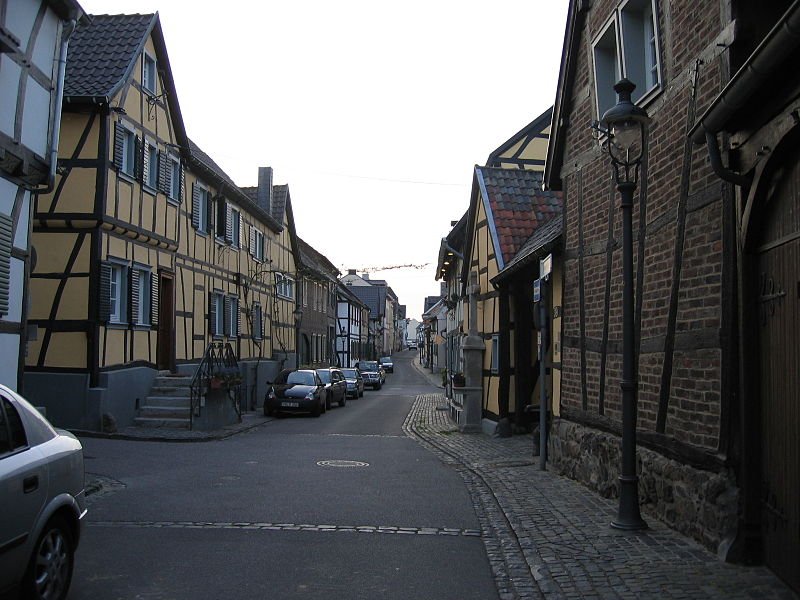 Street in Muffendorf, Bonn
Street in Muffendorf, BonnSource: https://commons.wikimedia.org/wiki/File:Hauptstrasse_Bonn-Muffendorf_May_2005.JPG
Author: BeeDotGee

When Germany was reunited in 1990, there was huge debate over whether the capital would remain in Bonn or return to Berlin. This was settled by a vote in the Bundestag, with 338 votes going for the relocation to Berlin, versus 220 for remaining in Bonn. Apparently the older legislators voted for Berlin while younger ones voted for Bonn. In the end, almost all the ministries of the Federal Republic moved to Berlin, except for Defence and Agriculture, whose top officials nonetheless are based in Berlin. Bonn was then given a new title, Bundesstadt, or Federal City.
Visiting Bonn, Germany
The main airport serving Bonn is the Cologne-Bonn Airport (CGN). The airport is noted for its low cost, enabling fares to be much reduced compared to major airports in Europe. Arriving here, you ccan take the airport bus SB60 to reach Bonn's central bus station. It costs €6.70 for the ride.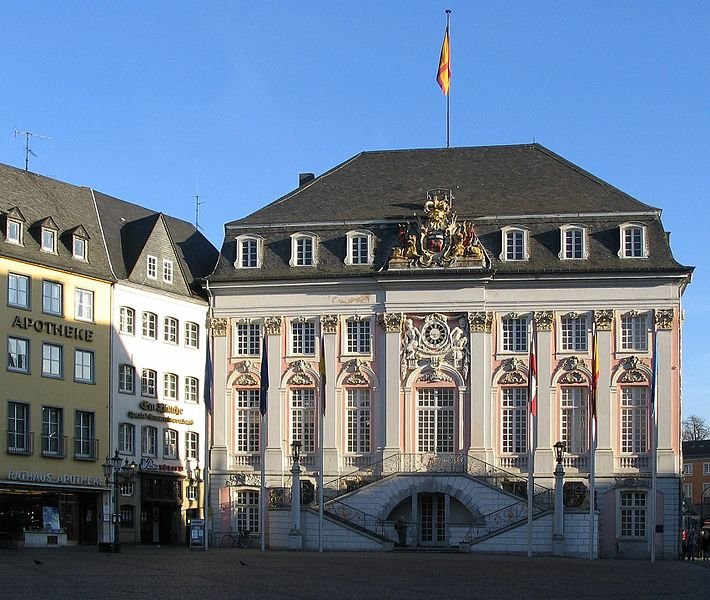 Altes Rathaus (old town hall), Bonn
Altes Rathaus (old town hall), BonnSource: https://commons.wikimedia.org/wiki/File:Rathaus-Bonn-2006-02-01-a.jpg
Author: Jan Arne Petersen

Places of Interest in Bonn
- Bad Godesberg
Small, charming spa town that became a suburb of Bonn in 1969. - Beethovenhaus
Museum housed in the birth house of Ludwig van Beethoven today showcases memorabilia connected to the famous composer. - Haus der Geschichte der Bundesrepublic Deutschland
Museum detailing the history of the Federal Republic of Germany following the Second World War. - Hochkreuz
The former administrative quarters, or Bundesviertel, of the federal capital. Today it houses government offices that remain in Bonn. - Kunstmuseum Bonn
An excellent art museum with impressive collection that includes works by Expressionist painters such as August Macke. - Poppelsdorf
A southwestern suburb of Bonn, noted for its Baroque castle, Schloss Clemensruhe. - Markt
Bonn's central market square surrounded by fine examples of modern and Baroque buildings including the Rathaus, Remigiuskirche and Namen-Jesu-Kirche. - Münster St. Martin
The cathedral of Bonn was built in the Romanesque architectural style between 1150 and 1230 on the site of an earlier church. - Rheinisches Landesmuseum
Museum with a vast collection of artifacts going back to Roman times, and even earlier, as it also has the skull of a Neanderthal Man. - Rheinufer
The Rhine embankment, on the western bank of the river, has a number of attractions along the way including the Kennedy Bridge, Beethovenhalle concert hall and the Bonn Opera House. - Universität
One of the most beautiful universities in Germany, Bonn University, founded in 1818, is housed in a Baroque castle.
 Latest updates on Penang Travel Tips
Latest updates on Penang Travel Tips

Copyright © 2003-2025 Timothy Tye. All Rights Reserved.

 Go Back
Go Back